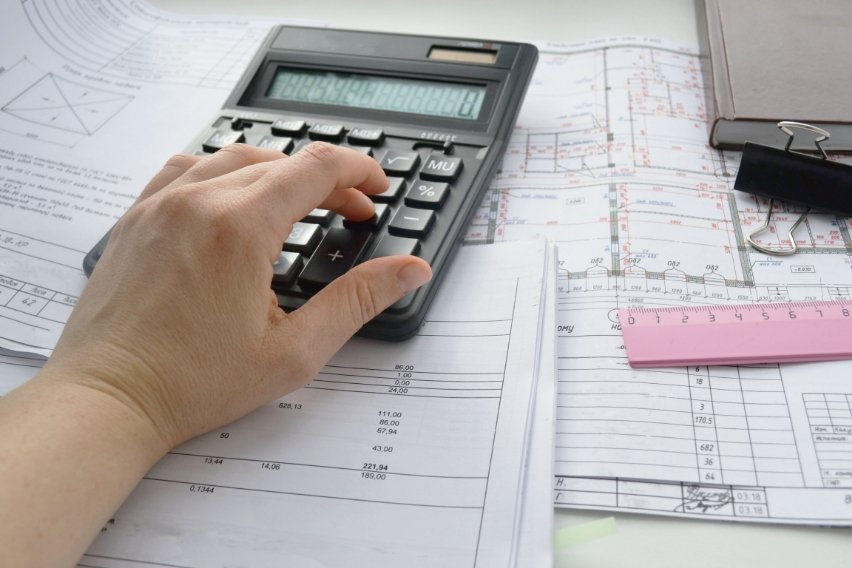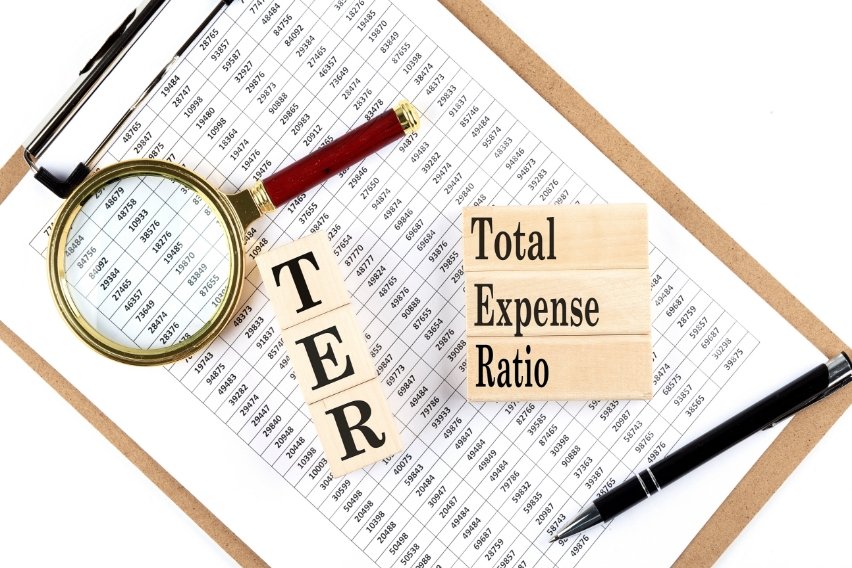What is Fixed Expense & Variable Expense?

We refer to any expense a company faces when producing its products or performing its services as a “cost”. This is the amount of money that businesses invest in buying and selling goods. Variable and fixed costs are the two primary categories of expenses businesses have when producing goods.
Read on as we take a closer look at the difference between fixed and variable expenses.
Table of Contents
How to Save On Fixed and Variable Expenses
What Are Semi-Variable Expenses?
Examples of Fixed & Variable Expenses
What Is a Fixed Expense?
Fixed expenses are those that never fluctuate in your budget. (Other factors might occasionally affect them though, like a change in your phone provider or a rise in rent.)
Depending on the type of expense, one pays fixed expenses on a regular basis. These payments may vary somewhat, alter dramatically, or remain constant. Although fixed expenses typically occur monthly, they can also happen weekly, quarterly, twice a year, and annually.
By being aware of your bills’ due dates, you aid your budgeting process. For example, let’s say you pay your auto insurance twice a year. Divide the payment premium by six to determine the monthly cost, and then include that sum in your monthly budget.
What Is a Variable Expense?
Variable expenses are any expenses a business has that connect to the volume of products or services it produces. Variable costs fluctuate with an organisation’s production volume. The variable costs rise together with the growth in production volume. But the variable expenses increase if the volume decreases.
We can calculate a variable cost by multiplying the output volume by the variable cost per unit of production.
Variable costs change throughout industries. So, comparing the variable costs of a vehicle manufacturer and an appliance manufacturer won’t add up. This is due to the fact that their product output is incomparable.
Choose businesses in the same industry if you want to compare the variable expenses.
How to Save On Fixed and Variable Expenses
Fixed Expenses
Despite their name, “fixed” expenses are not always predetermined. They can change. If you’ve lost a job or decided to start saving, you might focus on setting aside a few hours to reduce your fixed expenses.
Here are some tips on how to reduce your fixed expenses:
- Negotiate a lower rent or look for another place: Contact your landlord to discuss a reduced rent price in exchange for a longer lease or negotiate a lease extension if you want to reduce the amount you pay each month for rent. If you discover that your current space is too big or costs too much, consider downsizing or moving to a less expensive area.
- Reduce your loan or lease payments each month: Asking for lower lease or loan payments each month won’t hurt. Banks and leasing companies are frequently prepared to spread out your payments over a longer timeframe. This lowers the amount you have to pay each month. As a result, your expenditures may decrease until you are in a position where your finances are more secure. (Keep in mind that the interest rate may rise.)
- Reduce the cost of insurance: You might be able to achieve this by installing features that reduce or eliminate certain dangers. For instance, instead of paying the continuing expense of theft prevention, you can build a security system. If you have a solid history of dealing with the insurance company, you can also try negotiating reduced premiums.
- Reduce the number of managers: Have a few top-notch managers that you can compensate for rather than hiring many and paying them all excessive salaries. One can accomplish this by combining related departments under one manager.
Variable Expenses
When consumers need to save money, they aim to reduce variable expenditures first. But doing so takes a daily commitment to making smart financial choices. For this reason, variable costs are also some of the hardest expenses to reduce.
Here are some strategies to cut spending if your variable costs are high:
- Look for strategies to reduce your utility costs: When possible, reduce your use of electricity and water. Choose a less expensive phone or internet package that still satisfies your company’s demands. Keep track of your monthly utility costs to identify wasteful spending. And finally, spur your business to adopt more energy-efficient practices.
- Simplify your shipping and packaging: You can cut the costs associated with packaging and shipping by streamlining your procedures. Consolidate shipments as much as you can, use less equipment, and adjust package sizes to the goods.
- Keep the bare minimum in each of your bank accounts: Many banks have minimum balance requirements that you have to maintain in certain accounts each month. If so, make sure you always have this amount available in your account. This will prevent unforeseen charges.
- Pay off your credit card balance completely and on time: If you maintain a well-organised payment plan and set aside and save money for it, you can avoid incurring late fees and interest charges. (As we all know, these can quickly add up in cost.)
What Are Semi-Variable Expenses?
There’s a third group of costs that includes mixed fixed and variable expenses. We call these semi-variable expenses.
Say you pay $100 per month for web hosting, but one month you go over your bandwidth allotment and have to pay an extra $20. The extra $20 is up for negotiation, but the $100 is a given.
Another example would be if a salesperson gets paid on commission. Although this employee’s basic pay is constant, the commission they receive from each sale is not. Why? Because the overall cost varies according to the volume of sales.
Examples of Fixed & Variable Expenses
The more fixed costs a company has, the more it must earn to break even. This implies it must work more to manufacture and sell its goods. See, these expenditures are constant and rarely alter over time.
The effect of fixed expenses on a company’s bottom line might vary. This depends on how many products it makes. On the other hand, variable costs often remain constant.
So, fixed costs decrease as production rises. It is possible to spread the cost of more over the same amount of a fixed cost. A corporation may gain economies of scale in this way by raising production and lowering costs.
Variable Expenses
Typical instances of variable expenses for businesses include:
- Labour
- Utility costs
- Commissions
- Raw resources for production
- Packaging
Outside of a commercial environment, typical variable costs include:
- Food purchases and eating out
- Clothing
- Petrol
- Personal care
- Entertainment
- Automobile and house repairs
- Medical expenses
Fixed Expenses
Some common examples of fixed costs in business include:
- Property tax
- Certain salaries
- Insurance
- Depreciation
- Interest payments
Typical day-to-day fixed expenses include:
- Rent or mortgage payments
- Insurance premiums
- Payments on a car
- Taxes on real estate
- Phone and utility bills
- Child care costs
- Tuition fees
- Gym memberships
Key Takeaways
Businesses incur both variable and fixed expenses during the production process. We determine the variation in variable expenses by the volume of the goods produced. Examples of variable expenses include labour, raw materials, and commissions.
Regardless of the level of production, fixed expenses stay constant. Lease and rental payments, insurance, and interest payments are examples of fixed expenses.
Look at both your fixed and variable costs if you need to start making cost reductions. Take time to review all your insurance policies, recurring monthly expenses, and subscriptions. This can help you add big savings to your fixed monthly budget.
Try to reduce some of your variable costs as well. This way, you’ll be saving money that will then be available for other things. This includes investments, building an emergency fund, paying off debt, and saving for retirement.
Your monthly expenses—regardless of how much you spend—include both fixed or variable costs. Planning your budget and using your money wisely both require an understanding of the differences.
It will become clearer where your money is going if you break down your spending into fixed and variable categories. Also, it helps to account for them all in a monthly budget. This will also help you identify areas where you can cut costs.
FAQs on Fixed & Variable Expenses
What Are Periodic Fixed Expenses?
Similar to regular fixed expenses, periodic fixed expenses don’t occur every month. Every three months, or perhaps every six months, you must pay them. Examples include electricity bills and your mortgage.
What Are Common Fixed Expenses?
Common fixed expenses are salary payments, insurance premiums, property taxes, and interest costs. Other examples include depreciation and certain utilities.
Is Credit Card Payment a Fixed Expense?
No, credit card payment is not a fixed expense. Credit card payments differ from month to month. So, they would classify as variable expenses.
Is Rent a Variable Expense?
No, rent is not a variable expense. Rent tends to stay the same each month, making it fixed.
Are Fixed Costs the Same as Sunk Costs?
If money is already spent and we cannot recoup it, we call it a “sunk cost”. We refer to some fixed expenses as sunk costs, but not all of them.
RELATED ARTICLES



 What is Accrued Expense? Importance, Pros & Cons
What is Accrued Expense? Importance, Pros & Cons Project Cost Estimating: Definition, Importance & Methods
Project Cost Estimating: Definition, Importance & Methods Creative Accounting: Definition, Types & Methods
Creative Accounting: Definition, Types & Methods Total Expense Ratio (TER): Definition, Formula & Limitations
Total Expense Ratio (TER): Definition, Formula & Limitations Accounting Records: Definition, Types & Examples
Accounting Records: Definition, Types & Examples